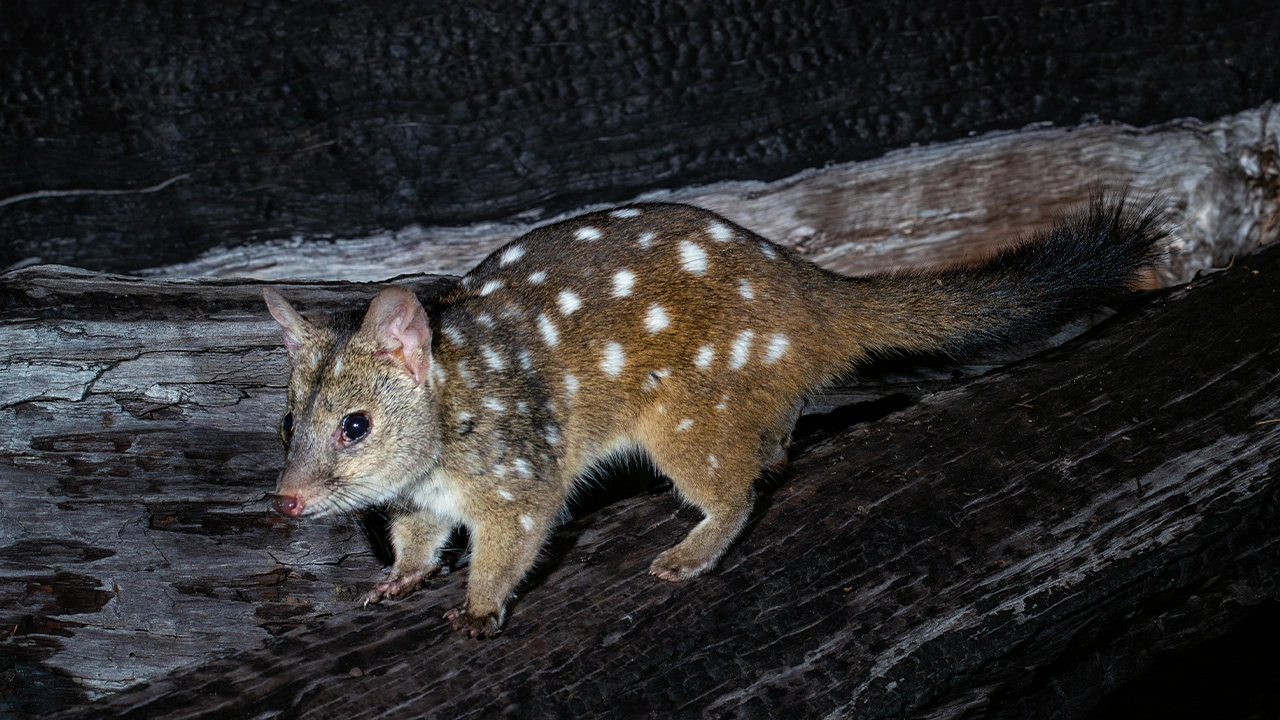Although endangered themselves, quolls could be a key to helping other Australian animals survive in the wild.
Story Anthony Ham Photo Mt Gibson Wildlife Sanctuary
The reintroduction of native marsupials and other mammals into national parks, private conservancies and even cattle stations has been one of the more optimistic conservation stories in Australia in recent decades. But an unanswered question stalks these efforts: can Australia’s endangered species ever again live alongside predators?
For species such as bilbies, bandicoots and bettongs, learning to live with feral predators means first learning to live with native predators, and that means quolls.
Australia has 3 species of quolls, and all of them are struggling. Together, eastern, western and northern quolls once roamed across about 70% of the Australian landmass. Now they’re reduced to a tiny fraction of their former range. Foxes and cats prey upon quolls, and feral herbivores and over-grazing lay waste to quoll habitats. Eastern and northern quolls are both classified as endangered, while the western quoll (known in WA as the chuditch) is considered vulnerable.
Alongside feral cats and habitat loss, cane toads have devastated northern quolls. Since the cane toad first arrived in Queensland in the 1930s, northern quoll numbers have fallen, in many cases significantly, and populations have fragmented in sync with the cane toad’s inexorable march westwards. Even the Kimberley, thought to be an important refuge for northern quolls, has succumbed.
This story excerpt is from Issue #152
Outback Magazine: Dec/Jan 2024









